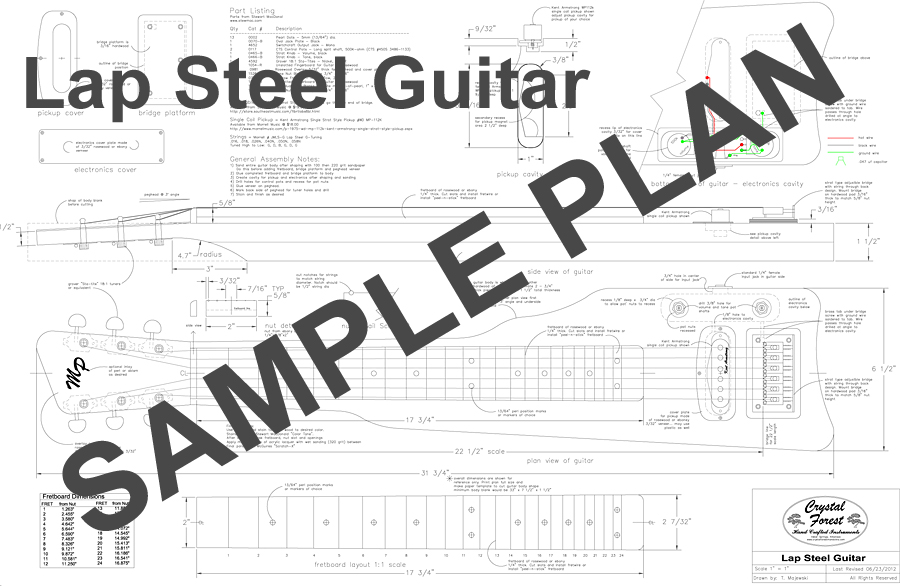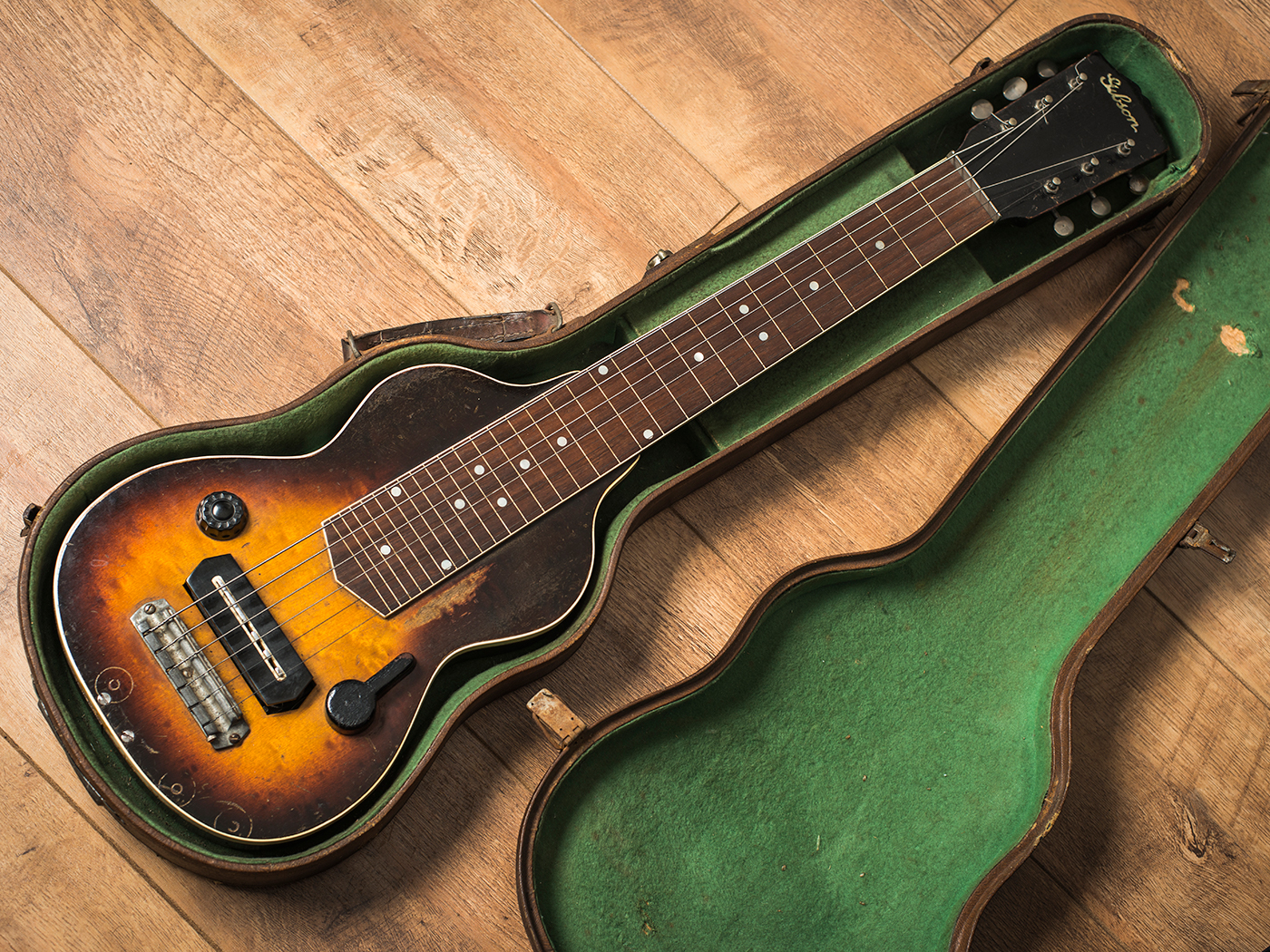

Now measure the saddle slot width ( Photo 4). Save the original saddle so you can quickly reconfigure your guitar for fretting again in the future. From there, use the pliers to complete the job. If the fit is really snug, use an object with a narrow, pointed metal tip (a dental tool works well) to gradually pry the saddle up from one end of the slot. If you’re lucky, you’ll be able to coax it out with your fingers, but if the saddle won’t budge, pad your guitar top with a few hand towels and use a small pair of pliers to gently rock the saddle out of its slot. Next, carefully lift the original saddle from the slot.

Saddle slots are typically 1/8" (almost 3.5 mm) or 3/32" wide, and blanks are cut accordingly, so you’ll need to determine which size is right for your guitar.įirst remove the strings and stash the bridge pins where they won’t get lost. Before you buy a bone blank, you’ll need to do a little homework. You can pick up the type shown here for as little as $4, and Grover makes a deluxe model for around $9. Your local music store might stock extension nuts, and they’re also available online. The extension nut sits atop the regular nut and jacks the strings up off the fretboard, and the tall bone saddle accomplishes the same task at the bridge.

You’ll need two items for this project-an arched metal extension nut and a bone saddle blank ( Photo 3). We’ll start with the acoustic guitar, which is a bit trickier than an electric. In fact, string spacing is virtually uniform from bridge to headstock.įlattop conversion. Notice how high the strings are raised off the fretboard, and also how widely the strings are spaced at the nut. Photo 2 gives you an idea of what your guitar will look like after it’s transformed. We’ll draft two guitars to demonstrate the conversion process: a Fender Telecoustic with a wood top and one-piece fiberglass body, and an early-’80s Kramer electric with an aluminum neck and Gibson 490T humbucker. Here, speed comes from your wrist, not your fingers, and this opens up a host of possibilities for rapid riffage.Īlmost all lap slide guitarists play fingerstyle-some with bare fingertips, some with fingerpicks-and like skilled bottleneck players, they use the picking hand for both plucking and muting the strings. You’ll also be able to play blazing licks by rapidly alternating between “bar notes” and open strings, à la bluegrass Dobro. For example, with practice you’ll be able to use a slanted bar to play fluid major and minor sixths-a staple of Memphis soul, country, and blues. This overhand approach offers several benefits, including the ability to slant the bar to hit intervals that are impossible to reach with standard bottleneck slide. Because the bar is heavier than a bottleneck slide, the strings are raised high off the neck-too high to allow any fretwork. To play lap style, however, you lay the guitar flat and engage the strings from above using a solid cylindrical bar (sometimes called a “steel”) that’s gripped with what we’re used to thinking of as the fretting hand ( Photo 1). And most guitarists are familiar with the hollow slide or bottleneck that encircles one of your fretting fingers. For starters, the hand position for bottleneck resembles standard guitar-your thumb rests behind the neck and your fingers curl up over the strings from the treble side. This form of slide differs from bottleneck guitar in several important ways. Here’s a bit of background info, in case you’re new to the world of lap slide. (They’re very addictive, so don’t say we didn’t warn you.) We’ll dive deeper into bars in a moment. And instead of acquiring yet another overdrive pedal, you might start collecting tone bars.

But once you start exploring swampy lap slide licks and grooves-as well as the open tunings that make them possible-you may not want to turn back. Best of all, it’s completely reversible, so if you decide lap slide isn’t for you, no worries-you can return your instrument to its original state in a matter of minutes. If you have a flattop acoustic or an electric 6-string gathering dust under the bed, here’s a thought: Why not convert it into a lap slide guitar? The project is simple and you can pull it off for about $25, including a fresh set of strings.


 0 kommentar(er)
0 kommentar(er)
